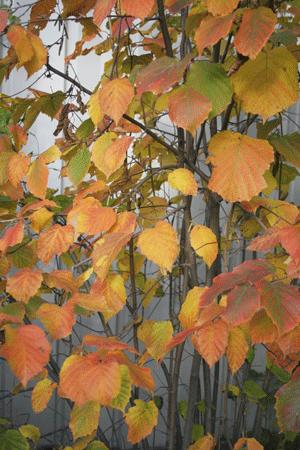What are Conservation Buffers? A conservation buffer is a narrow strip of land consisting of a permanent vegetation type, such as grass, trees, shrubs or a combination of the three, planted along the edge of a stream or pond. The benefits of these buffers are multiple and can have a positive impact on your property. Listed below are several of the advantages associated with conservation buffers.
- Reduce the risk of water contamination by catching pesticides and fertilizers before they can wash into streams and ponds.
- Provide the habitat needed by wildlife and aquatic animals and plants.
- Provide a safety zone between the field and the edge of a stream to keep equipment and operators away from the edge of steep embankments.
- Can help reduce or slow down steep bank erosion by establishing permanent vegetation.
- Eliminate farming of wet areas along streams and ponds that are often difficult to manage profitably.
- Eliminate following the edge of a meandering stream that can lead to many short crop rows.
- Provide an area for alternative crop production.
Two helpful publications are available through University of Nebraska- Lincoln Extension to plan, design and install your riparian buffer. Find them at http://www.ianrpubs.unl.edu.
- Planning Your Riparian Buffer: Design and Plant Selection, G1557
- Installing Your Riparian Buffer: Tree and Grass Planting, Post Planting Care and Maintenance, G1558
The USDA Farm Service Agency (FSA) offers an annual rental payment for establishing or improving conservation buffers in cropland areas, field margins, and marginal pastureland suitable for use as a riparian buffer. Land under consideration must have been owned for at least 12 months prior to an offer being submitted. The Conservation Reserve Program Continuous Sign-Up (CRP) assists with 50% of the average cost of establishing these buffer strips. The program also provides an annual payment based on soil rental rates determined for each county, approximately $120 - $150 per acre per contract year. The contract length is from 10 to 15 years. There is also a one-time signing incentive payment of $100 per acre for eligible participants who enroll certain practices.
Continuous CRP is an open enrollment program. A landowner or operator may sign up for the program at any time with their local FSA office. For more information on the CRP program, contact the Lancaster County Farm Service Agency, (402) 423-9683. Program guidelines are also available online at ‘Conservation Reserve Program.’
The State of Nebraska, Local Natural Resources District (NRD) and other non-profit groups may have additional programs to help get conservation buffers planted along streams and ponds.
